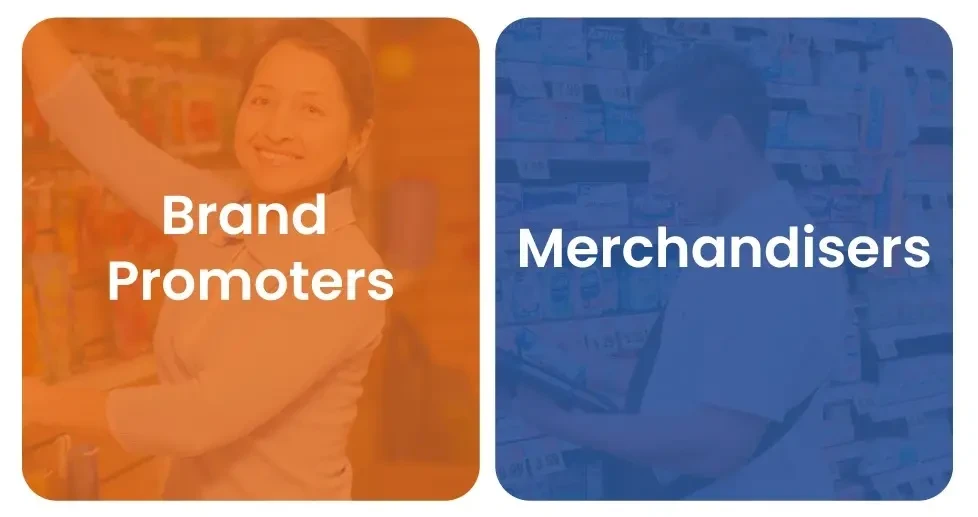Growing businesses face unprecedented levels of competition. Not only is the market crowded, but the Internet and easy cross-border shipping have given consumers more power to choose their products. In this environment, how can you increase click-through rates, social reach, and revenue with a shrinking budget every year? Influencers have recently been added to the media mix used by marketers, but they seem more and more inauthentic.

The more inauthentic they feel, the less impact they have. In fact, only 5% of people believe that influencers are real and trust the products they promote. Influencers have widespread social influence and provide brands with millions of communication channels, but the quality of these connections could be better. Now, brands are trying to create ambassadors out of their existing customers and employees. Why benefit from loyal customers and employees? "It's easier to use existing resources than to build something from scratch," says Macy's vice president of business development.
However, nano-influencers and micro-influencers can still generate purchases directly from their followers. This is partly because they have 6.7 times more followers and partially because they engage in unpaid sponsorships. Each client also has a network of influencers who can work together to deliver your brand message through high-quality channels. Our brand ambassador program allows you to use nano-influencers, micro-influencers, and customer ambassadors to spread the word through trusted channels. These ambassadors stay highly engaged, have great influence over their followers, and often have a genuine love for the brands they work for.
What is a brand ambassador?
The Oxford Dictionary defines a brand promoter as a person who promotes a product or company publicly and among friends. Promotion and brand promotion through brand promoters can be rewarded with payments, free products, experiences, or exclusive benefits. Brand ambassadors are made up of influencers, micro-influencers, nano-influencers, employees, and customers, all with natural organic reach. Ambassadors work to increase brand visibility, communicate messages between brands and consumers, increase sales, and drive traffic.

What types of brand ambassadors are there? There are a variety of ambassador programs you can focus on, such as macro-influencer, micro-influencer, employee, or customer. Micro-influencers have the advantage of providing greater engagement when distributing new assets but are more difficult to manage and require ambassador software. If you're using an existing asset, you can choose between employee and customer ambassadors.
Employee brand ambassador programs have been successfully implemented by large companies such as Nokia and Macy's. Your brand's customers may be more interested in your employees' social media posts than your brand's marketing and advertising team. In fact, customers have been shown to trust employees three times more than managers and executives. When love for a brand comes from within, that passion and advocacy spreads to consumers, leading to traffic and sales.
For some brands, an employee ambassador program may not be feasible where they want to go. Below, we highlight some of the key benefits of a consumer brand ambassador program. Done right, it can help your brand climb the ranks.
Community building
People love community. This strengthens the sense of belonging and creates an emotional connection with the brand. Once you become a brand ambassador, ambassadors will have access to social groups based on their exclusive and shared membership. As ambassadors and part of your brand bubble, customer ambassadors can truly create, represent, and promote your brand.
